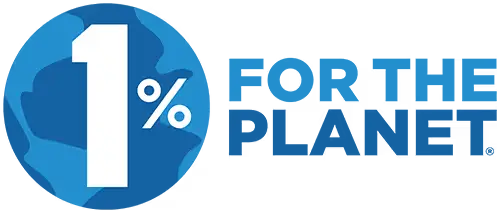By now, most of us have seen the hilarious #hashtag parody from comedic duo Jimmy Fallon and Justin Timberlake that aired a few weeks ago on Jimmy Fallon’s late night show. In the event that you’re not among the 17 million people who’ve watched it at the time of this post, I’ve provided it here for your viewing pleasure.
The point is we all sound ridiculous when we hash tag every, single, tiny, little thing we do. One of my favorite comments on the video summarizes it perfectly:
Carbonated Turtle: “It always annoyed me that 99% of people don’t understand the purpose of hashtags. #theyrenottosummarizewhateveryoujustwroteinonelongword.“
With Google + and Facebook jumping on the hash tag bandwagon to join Twitter, the conceptual genius behind the use of this once obscure character, hash tag use has…well, it’s gone buck wild.
Here’s what hash tags are NOT for:
1. (Stating the obvious) Summarizing what you just posted. If we read your whole post, clearly we don’t need a summary.
2. Creating an ego-centric conversation that revolves around the details of your life. Example: “I love my kitty so much! #ilovesilky.” No one is having a conversation about how much you love Silky except for you.
3. Stating a sentence with no spaces. EX: #Ijustrealizedthatiateallthepeanutbutterlastnight – First off, no one can read that and secondly, once again, no one is having that conversation except you. We often forget that we go to social media to converse, not because we have a group of people hanging on our every move in life like “The Truman Show.” Keeping this “no-no” in mind will also help you avoid spelling something embarrassing in your long tweet like this gem: #ilovesextanttattoos (Ahem, a sextant is a navigational instrument)
So if hashtags aren’t to summarize what you just posted, what the heck are they for?!?
As I’ve been alluding to throughout this post, they are to take part in a conversation! By using #Hashtag in the title of this post (and in yesterday’s post about #TerriblePhotoFriday) I am joining a conversation that others are having. JT and Jimmy started a conversation online about how dumb we all sound when we hash tag EVERYTHING. Terrible Photo Friday is starting (I hope) a conversation about choosing your marketing images wisely while also making us laugh (again, I hope).
In order to turn this into money for your business, you have to get crafty. Many small business owners think that no one will care about their product or service on social media. Not so. If people are talking about the nasty experience they had at the bank or that piece of crap headset they just bought from WalMart, you can bet that they are also talking about their tires, air conditioner, 401K, or whatever your business might be.
Here are the basics on how to do it: On any of your social media channels (Twitter, Facebook, G+, or Pinterest) you can search for a topic that relates to your business. The results will pull up all recent posts that are related to that topic. You can then take note of the hash tags that are being used and use them in a post that is related to that conversation. When you do this, be sure that you are adding value to the conversation, not just promoting your own products. That would be considered spam.
For example, I work with an emu oil processing company. To participate in the online conversation, I might go to Twitter and type in Emu oil. Because it is a lesser-known product, there are lots of conversations asking if it works and which brand is best. To join in, I might create a tweet that says something like, “We just posted a blog that addresses your very question about #emuoil. Check it out (insert URL).” You can also respond directly to the person who originated the conversation by adding that person’s handle at the beginning or end: @prettygirl.
If this sounds overwhelming to you, that is natural. Participating in social media takes work and thought, but it pays off with brand recognition, customer loyalty, and increased ROI in the long run. If you’re going to tackle this one your own, my advice is to start small with one channel and really master that one before moving on to others. On the other hand, if it sounds panic inducing and you’d rather stick a fork in your eye than attempt to master the #Hashtag, I’m here to help. Put the fork down, pick up the phone, and give me a call.
What’s your favorite misuse of hashtags? Let me know in the comments!






